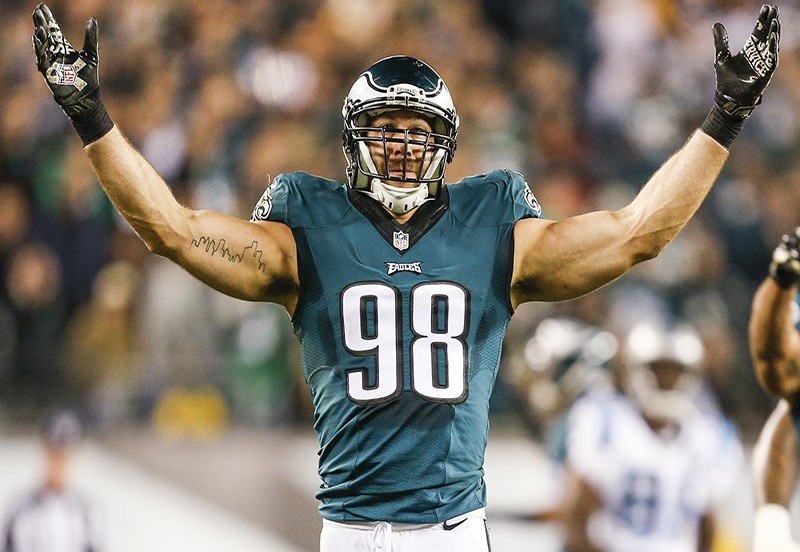It is of course important to note that New York City is simply incomparable to any other city. First, it is huge—one of the geographically largest of the Rustbelt cities, yet also the most dense, which gives it its humongous population (almost 8.5 million). If New York City were a state, it would be the 12th most populous. New York is an economic powerhouse of truly global proportions, as evidenced by its much higher median household income: $52,259 versus $37,192 for Philadelphia.
One area that makes for a fascinating comparison between the two cities is our very different electoral politics. There are slight differences in voter registration between the two cities—the percentage of Democrats in NYC is 68.7 percent and in Philly it’s 78.6 percent. Yet there are slightly fewer Republicans in NYC than in Philly, 10.3 percent versus 11.2 percent—so why doesn’t New York, like Philly, reflect overwhelmingly Democratic mayoral victories?
“The mayor of New York has in recent history been more likely to be a moderate Republican—Lindsay, Guiliani, Bloomberg—than a Democrat,” saysProfessor Richardson Dilworth of Drexel’s Center for Public Policy. “Most people would actually consider Ed Koch to have really been a moderate Republican, or at least a very conservative Democrat. Even the New Dealer and FDR buddy Fiorella LaGuardia was a Republican.”
So why do the cities differ? Part of the answer is the historical evolution of the parties in both cities.
“A major concern for Philadelphia Democrats is that, even if they elected someone who was a Republican in name only (such as New Yorkers did when they elected Bloomberg, who had very recently been a Democrat), that person would still be beholden to the statewide Republican party, and it would once again lead to a monolithic shift in parties—which would also make Pennsylvania a solid Republican state in presidential elections,” Dilworth says. “In other words, sophisticated Philadelphia voters may actually be thinking of national politics when they vote against Republicans, even in their off-year local elections. This was certainly an idea the local Democratic party pushed when they were faced with the challenge of Sam Katz against John Street in 1999 and 2003. By contrast, Democratic New York has always had a political machine independent of the state—and Republicans elected mayor in New York tend to be seen as city-specific reformers running against the city Democratic machine, not as part of a state Republican machine. So local voters in NYC are in some respects more free to vote for Republicans as a protest against their own party than are voters in Philadelphia.”
But it goes even deeper. New York encompasses much of its suburbs in its own boundaries—and those areas contain legions of what came to be known as “Reagan Democrats.” Think of the Archie Bunker TV character in Queens—though he may be a registered Democrat, he’s far more likely to vote conservatively for mayor and president.
“In Philadelphia, this voting bloc is more likely to be outside of the city, in Delaware County—where there is of course still a strong Republican machine,” Dilworth explains. “There are often a lot of complaints about Philadelphia being a one-party town. It’s a civic weakness but it may be that trying to strengthen the city’s Republican party is not the most viable solution because Philadelphia voters recognize that the city is structurally incapable of sustaining a two-party system. If you want a viable two-party system in the city, maybe you need to follow the example of NYC and push for the annexation of the three surrounding counties.”
Of course, that’s a politically far-fetched scenario. But it’s certainly worth talking about in the context of trying to find a path to a more pluralist political system. And that’s a fitting way to conclude our civic season—with the beginnings of a discussion about how we go about strengthening the state of our local union. Thanks for reading this season’s experiment in the health of our civic life!
Note: We played New York three times this season, but only count the city once in our Civic Scorecard.

